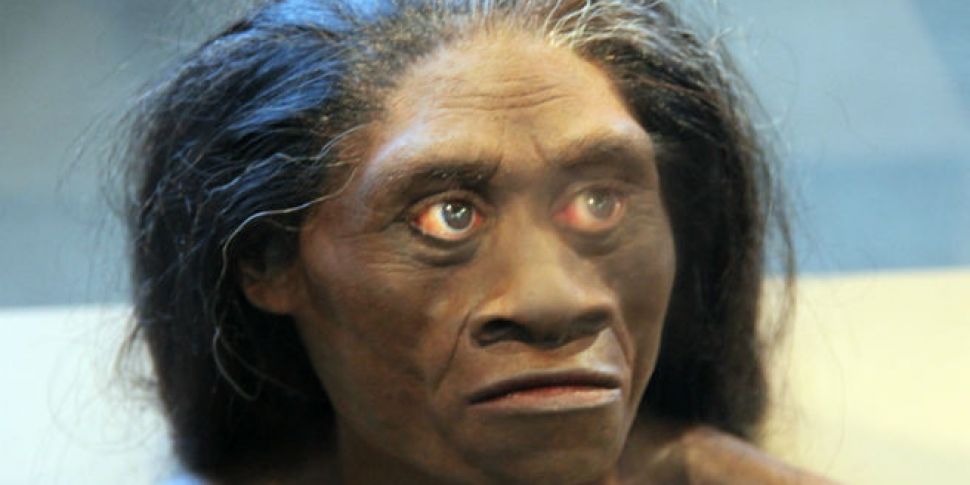On the Indonesian island of Flores in 2004, a discovery was made that would prove to be one of the most intriguing, yet controversial evolutionary finds in a long time.
Several incomplete skeletons were found in the Liang Bua Cave; among them was ‘Homo Floresiensis’. Nicknamed the Hobbit or LB1, this skeleton was of a female adult that was similar to modern humans but some very unusual characteristics. LB1 had a cranial volume reported as only 380 cubic centimetres which suggested a brain less than one third the size of an average modern human. Along with a significantly smaller brain, LB1 had short thigh bones which pointed to a creature standing only 1m tall.
These characteristics led scientists to believe that they had discovered a unique and completely new species of Homo. However, this amazing discovery has come to be challenged in recent years. Some now claim that this find is not a mysterious new species of Homo but instead, a Homo sapiens with Down syndrome.
There have been many cases in the history of paleoanthroplogy where ancient bones that were once thought to be some kind of ‘missing link’ have turned out to be nothing of the sort. One of the most famous cases is that of the ‘Piltdown Man’ where fossilized remains found in a gravel pit in Piltdown in Sussex where presented as a new type of early human. It turned out that nearly 40 years later is was established that the remains were a hoax. The original skull was found to be an actual modern human skull and the jawbone was that of an orang-utan.
Here's a replica of the hoax skull

So how can we be sure that the story we have been told about human evolution is the correct one? This week on Futureproof we take a long hard look at archaeology and paleoanthropology and ask whose bones are they anyway.









